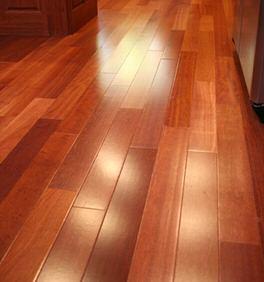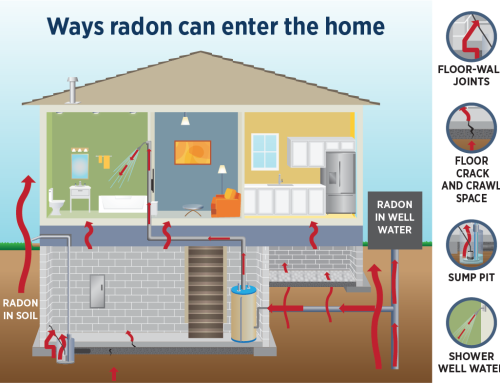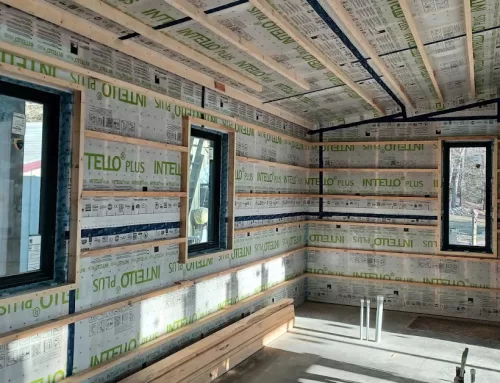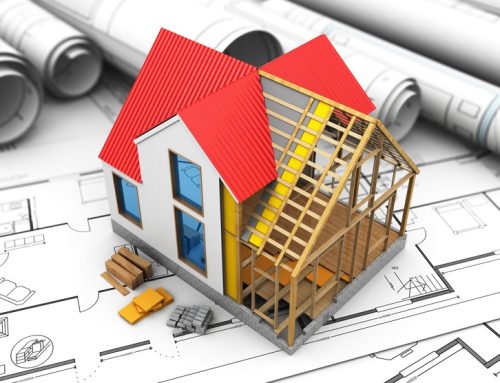 While most older homes have wood flooring, you see many homeowners opting for laminate wood flooring (LWF) in newer homes or for remodels. It offers almost the same look and feel as solid wood flooring, yet costs less and is relatively easy to maintain.
While most older homes have wood flooring, you see many homeowners opting for laminate wood flooring (LWF) in newer homes or for remodels. It offers almost the same look and feel as solid wood flooring, yet costs less and is relatively easy to maintain.
Easy to install by the homeowners themselves, laminate wood flooring comes in a package of tongue and groove planks which click into place alongside each other. In the United States, LWF is sometimes called “floating wood tile” because these floors typically “float” atop the sub-flooring consisting of a foam or film underlayment that offers sound- and moisture-reducing properties.
What is Laminate Wood Flooring?
The laminate is created from pressed wood that is fused together through a lamination process, with a decorative top applique layer designed to simulate the look of wood, covered by a clear protective layer. A large number of wood colors and grains can be reproduced. To tell if a floor is laminate or real wood, look closely at the grain pattern. A wood grain is random, while a laminate is factory-produced and identical in each board. With more expensive laminates, more variation appears so the side-by-side planks may not appear identical, but the pattern will repeat throughout the floor.
Originally branded and sold under the name Pergo, it is now made by several manufacturers, and is generally available in four standard thicknesses from 7mm to 12mm thick. And although thickness does not affect durability, a thicker laminate can help prevent warping and feels more like a hardwood floor.
High-pressure laminate (HPL) consists of five or more layers and is more durable than the four-layer Direct Pressure Laminate (DPL). In the production process, the HPL layers are fused under heat pressure to the core, while the DPL process assembles the layers and fills them with melamine resins to harden under heat and pressure.
Care of Laminate Wood Flooring
Laminate wood flooring does need specific care to extend its life. It must be kept clean, as dust, dirt and gritty particles can scratch its surface. It cannot be sanded and refinished if the surface becomes highly worn or scratched, as you can do with solid wood floors.
Felt pads are often recommended on the feet of furniture to prevent scratches. LWF must also be kept dry, and standing water or puddles must be wiped up immediately. Otherwise the planks can absorb the water, swell and warp. Wet mopping is not prescribed, and cleaning products meant for laminate floors should be used.
Installation of Laminate Wood Flooring
Some skill is required when installing a laminate floor. The planks should be tapped together to avoid gaps between them, and a small gap of approximately one to ten millimeters in size is required where the LWF meets a solid structure such as a wall. This enables the planking to expand and contract without buckling or peaking. These gaps can be covered by baseboard or trim moldings.
For more secure installation, laminate wood flooring is often secured with a glue backing. When not glued, some of the less expensive types can become separated at the joints, creating gaps where grit and grime can collect. Higher-quality laminate flooring uses a joint mechanism to “lock” the planks together with a constant tension.
When purchasing laminate, check for the NALFA Certification Seal, a certification issued by the North American Laminate Flooring Association proving that the product has passed ten performance tests held by an independent testing lab, and that the product was manufactured in North America. Some of the items tested include: the ability to resist indentation, fracture, and wear through the décor layer; the ability to resist thickening after exposure to water; the ability to retain its color when exposed to sunlight through a window; and the ability to clean using normal household cleaners, among others.
Although approved for use in LEED commercial and residential applications, laminate flooring is made of a melamine resin, using formaldehyde that is tightly bound to reduce any emissions and potential health effects.
Först Consulting Group’s Homeowner Services
Först Consulting Group helps homeowners by serving as a construction consultant. If you are looking to build a new home or remodel an existing one, review our list of homeowner services that include construction consultation, construction advocate, historical renovation, construction contract review, and construction project management. We can help you determine the right products, construction methods to suit your style and needs, and even help you choose the right contractor. Contact us today.




